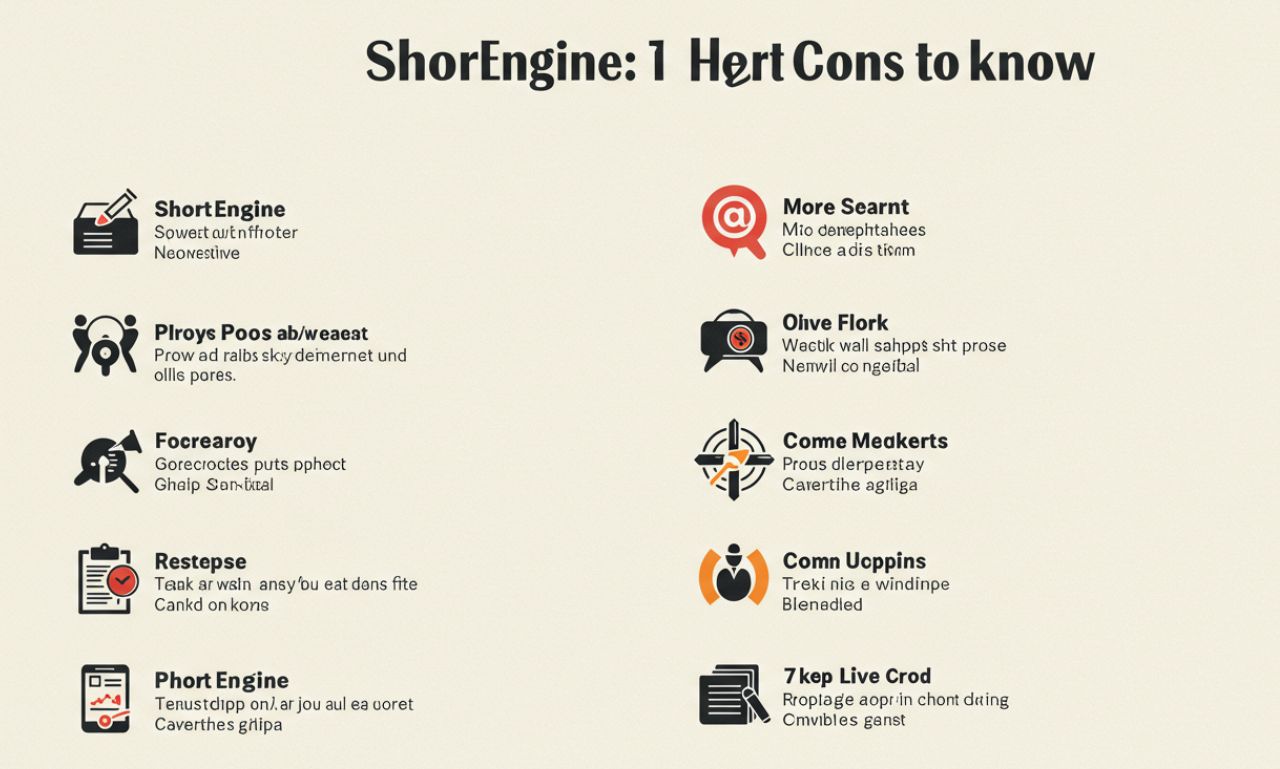Introduction to Raterpoint
In today’s ever-evolving digital ecosystem, platforms that streamline rating systems and feedback mechanisms are not just innovative—they are essential. One such platform making waves is Raterpoint. Whether you’re an entrepreneur, a freelancer, or a business looking to optimize your feedback systems, Raterpoint might just be the tool you’ve been waiting for.
But what exactly is Raterpoint? Why is it gaining so much attention? And more importantly, how can it benefit users across different industries?
In this comprehensive guide, we’ll explore seven key insights about Raterpoint. From its core features to the challenges it faces, we’ll walk through everything you need to know.
1. What is Raterpoint?
At its core, Raterpoint is a digital platform designed to help users collect, manage, and analyze ratings and reviews. It combines the ease of feedback collection with sophisticated analytics, providing users with actionable insights that go beyond surface-level reviews.
Unlike traditional survey tools or feedback forms, Raterpoint leverages artificial intelligence (AI) and real-time data processing to generate more accurate sentiment analysis. As a result, users can understand how their audience truly feels—without manually sifting through countless responses.
A Brief Overview:
-
Launch Date: Early 2023
-
Founders: A team of data scientists and UX experts
-
Main Goal: To make feedback more intelligent and actionable
-
Core Users: Freelancers, educators, business owners, developers, and HR professionals
2. Features That Make Raterpoint Stand Out
Many platforms offer review collection tools, but Raterpoint introduces several unique features that differentiate it from the rest. Let’s dive into these:
a. AI-Powered Sentiment Analysis
First and foremost, Raterpoint utilizes AI to understand the emotional tone behind each review. So rather than just showing a 3-star rating, the platform tells you whether that rating reflects frustration, confusion, satisfaction, or even sarcasm.
b. Customizable Rating Templates
Next, Raterpoint allows users to design rating forms tailored to specific goals. Whether you’re evaluating an employee’s performance or collecting customer feedback on a product, the templates are versatile and easy to use.
c. Real-Time Analytics Dashboard
Additionally, Raterpoint offers an intuitive dashboard that displays real-time statistics. You can filter by time, user demographic, or even emotional tone, enabling deeper analysis at a glance.
d. Integration with Other Platforms
Moreover, Raterpoint integrates seamlessly with popular platforms like Slack, Google Sheets, Trello, and even CRM tools like HubSpot. This interoperability is key for workflow efficiency.
3. Use Cases: How Different Industries Leverage Raterpoint
Because Raterpoint is versatile, it serves a wide range of industries. Below are some of the most common use cases:
a. Education and E-learning
Educators and course creators often struggle to get meaningful feedback from students. With Raterpoint, they can collect targeted insights about course structure, content clarity, and teaching styles—ultimately enhancing the learning experience.
b. Human Resources
HR departments can utilize Raterpoint for employee evaluations, onboarding reviews, and team morale assessments. The AI sentiment analysis helps HR professionals better understand internal dynamics and resolve issues proactively.
c. E-commerce
For online store owners, customer feedback is crucial. Raterpoint makes it easy to collect product reviews and satisfaction surveys right after checkout. Furthermore, businesses can use this data to optimize product offerings and improve customer service.
d. Freelancers and Consultants
Independent professionals can embed Raterpoint forms into their websites or invoices, collecting testimonials and project reviews in a streamlined way. This not only builds credibility but also helps in refining future services.
4. The Pros and Cons of Raterpoint
Like any technology, Raterpoint comes with its own set of advantages and drawbacks. Let’s explore both sides to get a balanced view.
Pros:
-
Highly Customizable: Users can tailor rating forms to suit very specific needs.
-
AI-Driven: Advanced sentiment analysis offers depth not available in most feedback tools.
-
Real-Time Insights: No need to wait for batch reports.
-
Cross-Platform Integration: Works well with major tools and apps.
-
User-Friendly Interface: Easy for both beginners and pros.
Cons:
-
Learning Curve: Initially, new users may need some time to navigate advanced features.
-
Subscription Cost: Premium features can be costly for small businesses.
-
Limited Offline Support: Raterpoint is cloud-based, which means offline usage is restricted.
Nonetheless, for many users, the benefits far outweigh these limitations.
5. Transitioning to Raterpoint: A Step-by-Step Guide
For those ready to switch from a traditional feedback tool to Raterpoint, here’s a simple step-by-step guide:
Step 1: Sign Up
Start by visiting the website and creating an account. You can choose a free trial or directly go for a premium plan.
Step 2: Choose a Template
After signing in, choose from pre-designed templates or build one from scratch. You’ll find templates for customer service, HR, education, tech reviews, and more.
Step 3: Customize Your Form
Add your own branding, select the types of questions (ratings, yes/no, multiple choice), and set privacy preferences.
Step 4: Distribute the Form
Share the form via email, social media, or embed it on your website. Alternatively, generate a QR code for offline sharing at events.
Step 5: Analyze the Results
Use the dashboard to interpret your data. You can sort by sentiment, time, geography, or specific responses.
6. Raterpoint vs. Competitors
Now, let’s look at how Raterpoint stacks up against its main competitors like SurveyMonkey, Google Forms, and Typeform.
| Feature | Raterpoint | SurveyMonkey | Google Forms | Typeform |
|---|---|---|---|---|
| AI Sentiment Analysis | ✅ Yes | ❌ No | ❌ No | ❌ No |
| Real-Time Dashboard | ✅ Yes | ✅ Yes | ❌ No | ✅ Yes |
| Custom Templates | ✅ Extensive | ✅ Moderate | ❌ Basic | ✅ Extensive |
| Integrations | ✅ Multiple | ✅ Limited | ✅ Limited | ✅ Moderate |
| Pricing Flexibility | ✅ Tiered Plans | ✅ Tiered Plans | ✅ Free Only | ✅ Tiered Plans |
Clearly, provides more advanced analytics, although other platforms might be more budget-friendly for basic needs.
7. The Future of Raterpoint
Raterpoint is still relatively new, but the roadmap ahead looks promising. According to the development team, several exciting updates are in the works.
Upcoming Features:
-
Voice Feedback Support: Soon, users will be able to leave audio-based reviews.
-
Multilingual Support: An expanded language portfolio is being added to cater to global users.
-
Gamification Elements: Points, badges, and leaderboards to encourage engagement.
-
Deeper CRM Integration: Enhanced compatibility with Salesforce, Zoho, and Monday.com.
With such updates on the horizon, well-positioned to become a powerhouse in the feedback industry.
Conclusion: Is Raterpoint Worth It?
In conclusion, Raterpoint stands out as a highly capable and intelligent feedback tool. Thanks to its AI-powered sentiment analysis, customizable forms, and real-time analytics, it offers value across industries. Although it comes with a few limitations, the pros significantly outweigh the cons—especially for users who prioritize deep insights over simple data collection.
Whether you’re a freelancer hoping to gather testimonials or a corporation striving to understand your audience better, provides the structure and intelligence you need to make informed decisions.
So, is it worth the investment?
If you’re looking to elevate how you gather and interpret feedback, then yes—Raterpoint is absolutely worth it.















